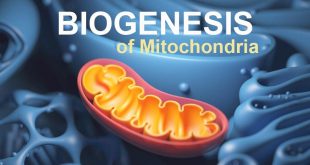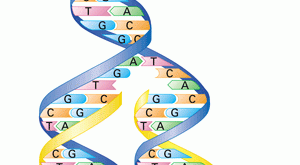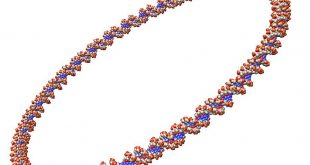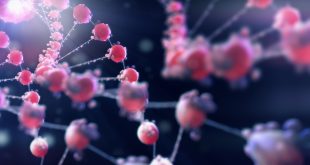Viruses are the smallest microbes on the planet. They are said to be so small that 500 million rhinoviruses (the causative agents of the common cold) could fit on the head of a pin. They are distinct in that they are only alive and capable of multiplying within the cells …
Read More »Biogenesis of Mitochondria: Hypotheses and the Formation
All of us know that a living being always rises from another living being. Similarly, in terms of biology, biogenesis is a life-forming process. We also know that calls can have a variety of numbers of mitochondria according to their need. So mitochondrial biogenesis means the process of cells increasing …
Read More »Bacterial Structure
Bacteria (singular: bacterium) are classified as prokaryotes. They are single-celled life/body with a simple core-less internal structure and contain DNA that swims freely in a twisted, thread-like matter called a nucleoid, or in circular parts called plasmids. Bacteria are single-celled microscopic life/organisms that grow in different environments, and these organisms can live in …
Read More »DNA Replication in Eukaryotes: Linear Replication
DNA replication in eukaryotes is a complex and unique process involving many enzymes and thousands of ORI at a single time. Unlike the prokaryotic DNA, it involves a linear mode of replication. Why does linear DNA replication involve multiple origins at a time? The large linear chromosomes in eukaryotic cell …
Read More »Replication in Circular DNA: Theta Model
Following Meselson and Stahl’s work, investigators confirmed that other organisms also use semiconservative replication. There are, however, several different ways that semiconservative replication can take place, differing principally in the nature of the template DNA—whether it is linear or circular—and in the number of replication forks. Replicon and Origin of …
Read More »Replication of Circular DNA: Rolling Circle Model
DNA Before discussing “The Replication Of Circular DNA”, first we are going to give a short introduction to DNA. DNA or Deoxyribonucleic acid is the hereditary material present in all living organisms through which the characteristics of one generation are transmitted to the next one. It contains the genetic information …
Read More » Plantlet The Blogging Platform of Department of Botany, University of Dhaka
Plantlet The Blogging Platform of Department of Botany, University of Dhaka





